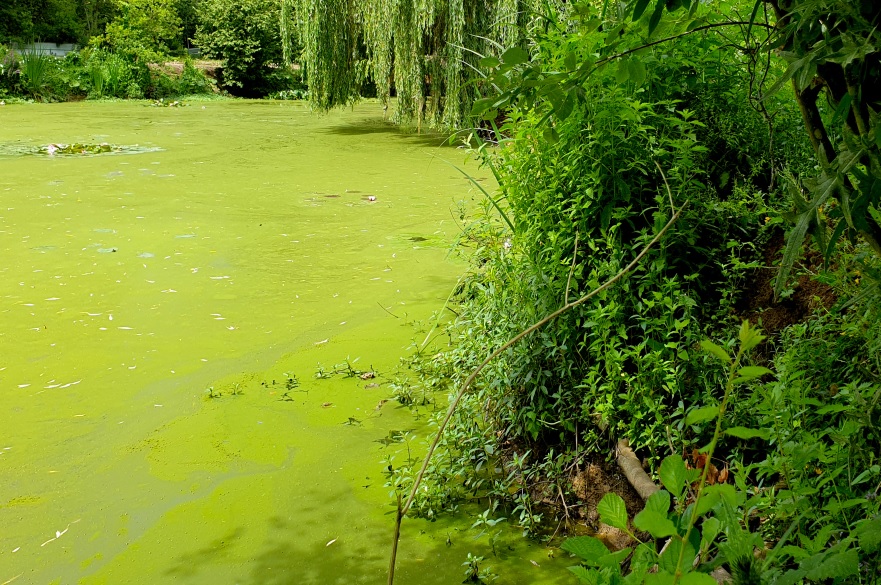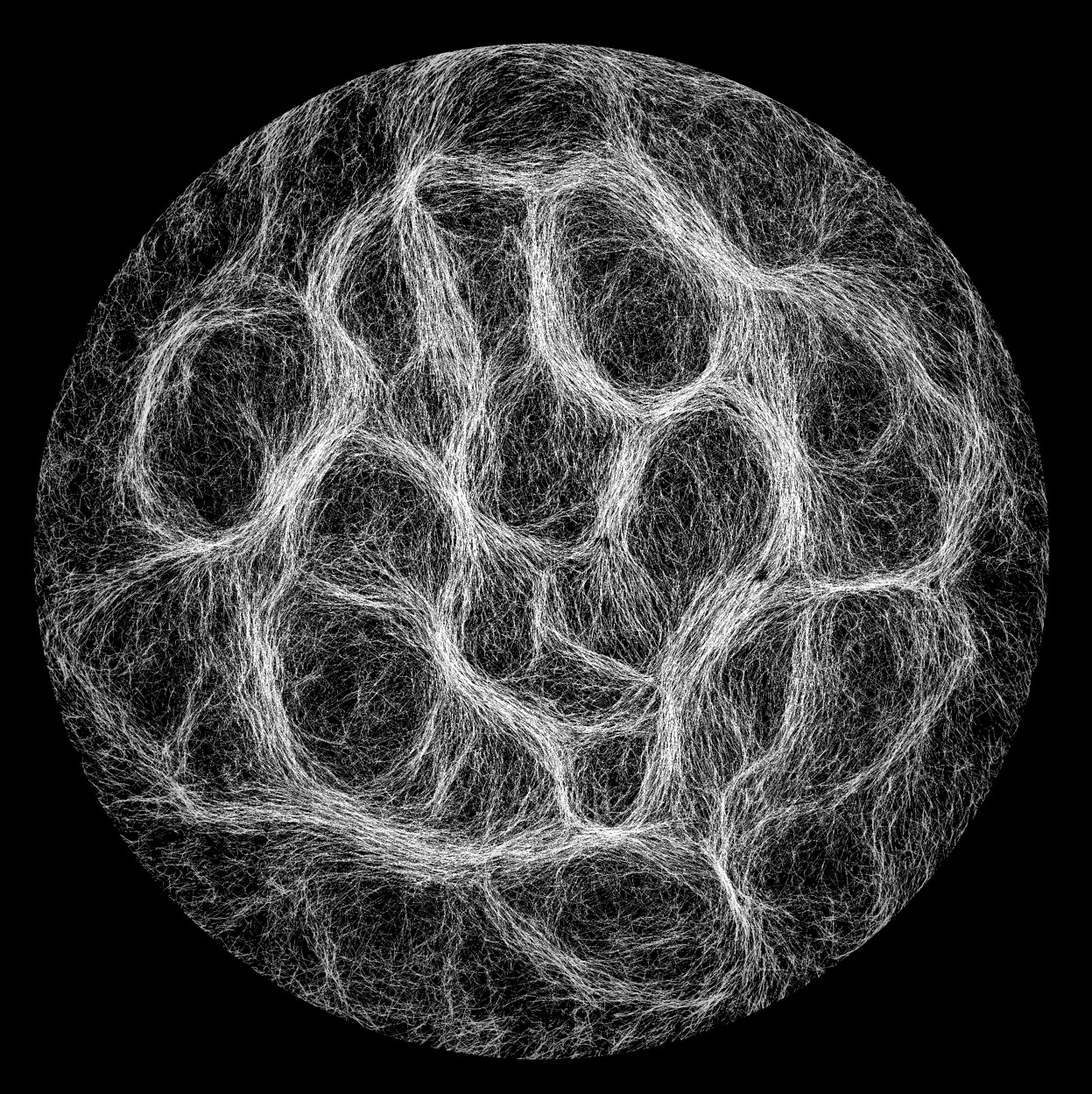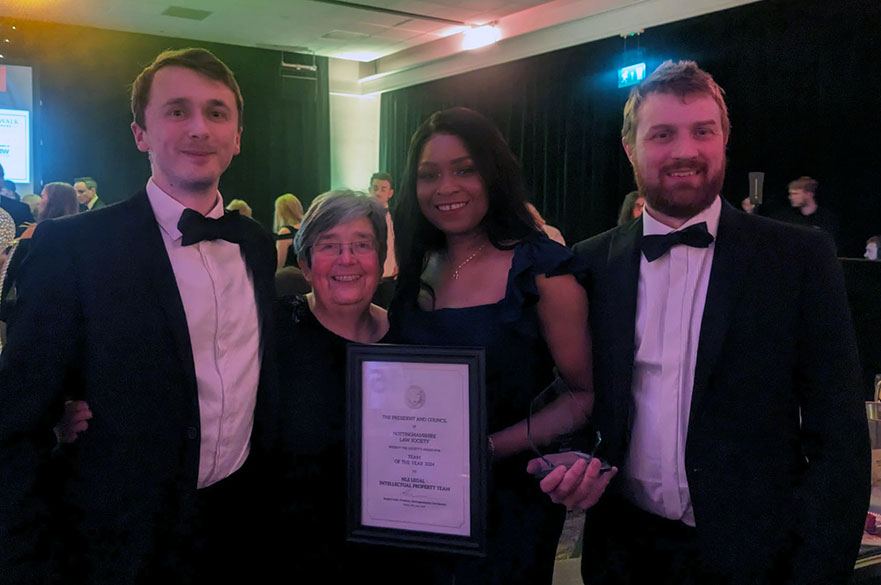Scientists explain unique formation of ancient algae that evolved photosynthesis and oxygenated our planet
Scientists have for the first time revealed how blue-green algae – visible as the slippery ‘green slime’ in stagnant water, riverbeds, and seashores – weaves itself into large weblike structures.

A team at Nottingham Trent University and Loughborough University has revealed the physical mechanism behind the geometric patterns formed of ‘cyanobacteria’, one of the oldest and most abundant forms of life on Earth, and which has played a pivotal role in the evolution of our planet.
Ancient cyanobacteria were the first life form to develop photosynthesis and are responsible for injecting oxygen into the Earth’s environment, thereby laying the foundation for the emergence of the complex life forms we are familiar with today.
Today’s cyanobacteria continue to play a key role in maintaining the composition of today’s atmosphere and oceans. To help it survive, many species also grow into long chains of cells that crawl across surfaces and weave together into large networks of closely-bundled filaments over hours or days.
However, until now, the origin of these ‘reticulate’ or web-like patterns has puzzled scientists.
Using advanced microscopy techniques, simulations and theoretical models, the researchers have revealed how interactions between the thread-like filaments cause them to bundle together and build structures.
They found that when cyanobacteria are present at a high enough density, they begin to organise into their reticulate pattern, as a result of only a few simple rules.
As the bacteria move, they bump into each other. In most instances, filaments pass over or under each other, but occasionally one deflects and turns to travel alongside another. These two filaments follow each other for a while, before one splits away.
These interactions lead to the formation of bundles of aligned filaments which organise denser colonies into sprawling networks.

The researchers have developed a model that successfully predicts the typical density and scale of the emergent patterns, including the movement and shape fluctuations of the filaments.
The team says the findings pave the way to inspiring future investigation of how different types of bacteria self-organise to form structures.
This could improve our understanding of how bacterial biofilms – collections of bacteria that have attached to a surface and each other – are formed. This knowledge is critical given their central role in various processes, such as human infections, environmental degradation, and bioengineering.
Dr Marco Mazza, Assistant Professor in Applied Mathematics at Loughborough University, said: “We have demonstrated that the emergent patterns of cyanobacteria colonies can be understood as the collective result of independently moving cells with simple interactions.
“When carefully applied, modern tools of nonequilibrium statistical mechanics can provide powerful predictions even in living systems”.
Dr Lucas Goehring, Professor of Physics in Nottingham Trent University’s School of Science and Technology, said: “Cyanobacteria are among the Earth’s most abundant and ancient organisms and created photosynthesis. They are also perhaps the earliest organism to experiment with multicellularity.
“This hugely important, but unassuming, microorganism is involved in processes of global importance, such as the balance of oxygen and nitrogen. Despite its importance to the development of complex life, however, no mechanism has until now been identified to explain their collective behaviour.”
The research, for which PhD students Mixon Faluweki and Jan Cammann are co-lead authors, is published in the journal Physical Review Letters.
-
Notes for editors
Press enquiries please contact Dave Rogers, Public Relations Manager, on telephone +44 (0)115 848 8782, or via email.
Nottingham Trent University (NTU) received the Queen’s Anniversary Prize for Higher and Further Education in 2021 for cultural heritage science research. It is the second time that NTU has been bestowed the honour of receiving a Queen’s Anniversary Prize for its research, the first being in 2015 for leading-edge research on the safety and security of global citizens.
The Research Excellence Framework (2021) classed 83% of NTU’s research activity as either world-leading or internationally excellent. 86% of NTU’s research impact was assessed to be either world-leading or internationally excellent.
NTU was awarded The Times and The Sunday Times Modern University of the Year 2023 and ranked University of the Year in the Whatuni Student Choice Awards 2023. It was awarded Outstanding Support for Students 2020 (Times Higher Education Awards), University of the Year 2019 (Guardian University Awards, UK Social Mobility Awards), Modern University of the Year 2018 (Times and Sunday Times Good University Guide) and University of the Year 2017 (Times Higher Education Awards).
NTU is the 5th largest UK institution by student numbers, with approximately 40,000 students and more than 4,400 staff located across five campuses. It has an international student population of 7,000 and an NTU community representing over 160 countries.
Since 2000, NTU has invested £570 million in tools, technology, buildings and facilities.
NTU is in the UK’s top 10 for number of applications and ranked first for accepted offers (2021 UCAS UG acceptance data). It is also among the UK’s top five recruiters of students from disadvantaged backgrounds and was the first UK university to sign the Social Mobility Pledge.
NTU is ranked the second most sustainable university in the world in the 2022 UI Green Metric University World Rankings (out of more than 900 participating universities).
- Subject area: Sciences including sport sciences
- Category: Press office; Research; School of Science and Technology


